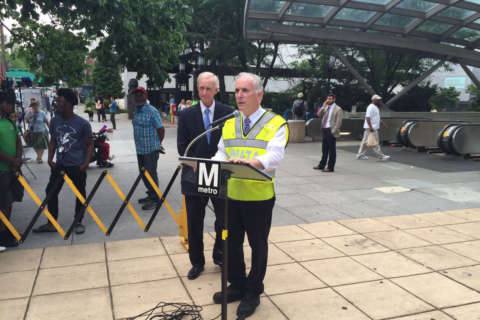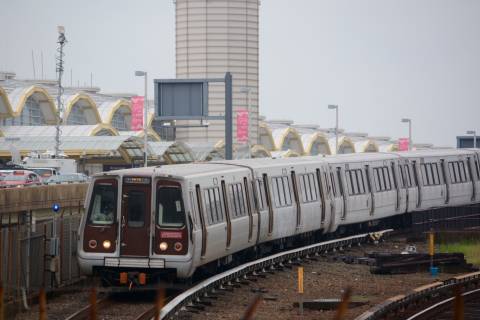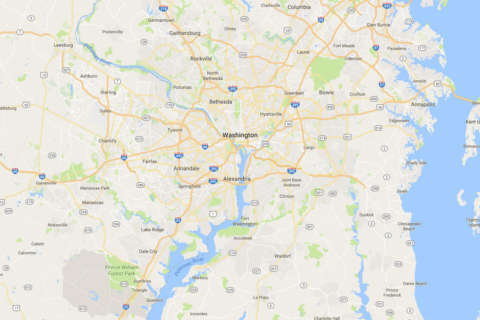WASHINGTON — Monday’s morning commute — the region’s first since Metro began major track maintenance work over the weekend — might not be the best measure for how limited service on the Orange and Silver lines will affect rush hour traffic.
“I think today we did OK. But my biggest concern for everyone is not to get lulled into a false sense of security,” said Jim Battagliese, WTOP’s director of Traffic and Transit Operations.
Drivers experienced a relatively ordinary commute Monday, despite the havoc Metro riders faced. Northern Virginia drivers saw delays heading into D.C. because of bridge work on Independence Avenue, and drivers in Maryland faced slowdowns due to wrecks — nothing unusual for a morning rush in capital region.
In the evening, a motorcade on Southeast/Southeast Freeway caused some traffic delays, but overall the afternoon rush hour proved to be uneventful.
More motorists tend to work from home on Mondays during warm-weather months than other times of the year.
Plus, it’s not uncommon for some workers, who might otherwise join the daily commute, to extend weekend stays at the beach or mountains.
“Tuesday is when everybody comes back to work. And that’s when we’re going to see a lot of volume get back on the roads,” Battagliese said.
Metro says the intense track work, unfolding over the next 10 months, is needed because maintenance work on the aging rail system was deferred for too long.
“The region is understanding; the region is recognizing we have a bigger problem to solve. And, on a daily basis over this year, getting three years of maintenance into one year, people are stepping up and adapting their behavior,” said Jay Fisette, vice chair of the Arlington County Board.
Orange and Silver line riders experienced crowded trains in Northern Virginia Monday. Some riders said they gave themselves extra time to make their commute. Metro said ridership was down 26 percent from a typical Monday morning in the worst-affected stretches of the system west of Ballston.
But riders’ experiences could add traffic to Tuesday’s commute.
“We saw a lot of people using the Orange and Silver lines and getting into crammed trains. And they may say, ‘You know what? I’m not going to do that tomorrow. I’m going to drive’,” Battagliese said.
Interstate 66, U.S. Routes 50 and 29 plus Virginia Route 7 inside the Capital Beltway are expected to have the biggest spillover from the disruptions caused by Metro’s major traffic work.








